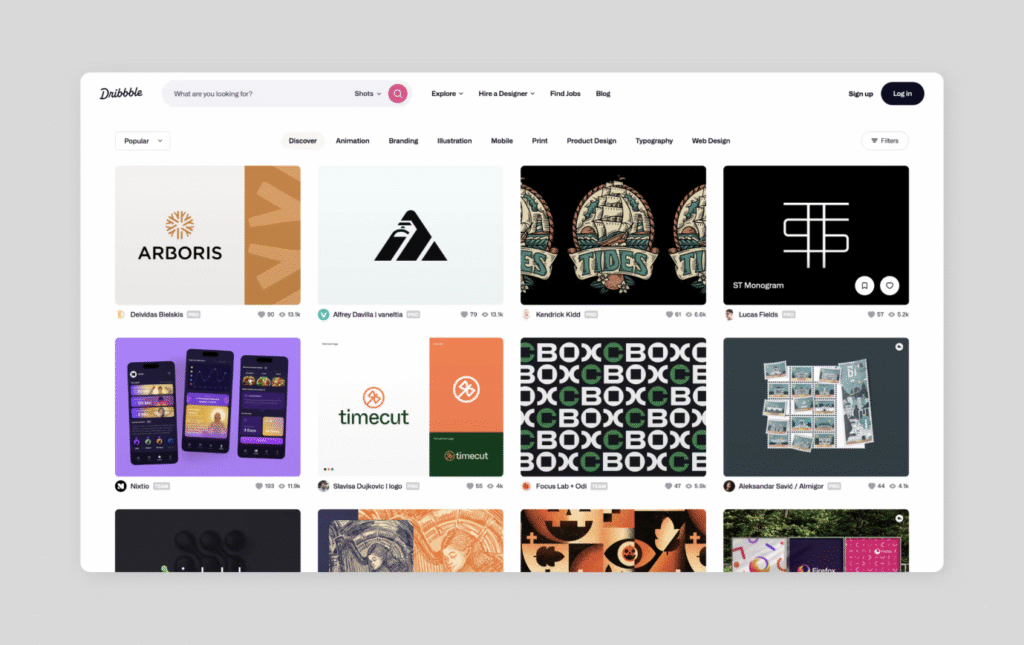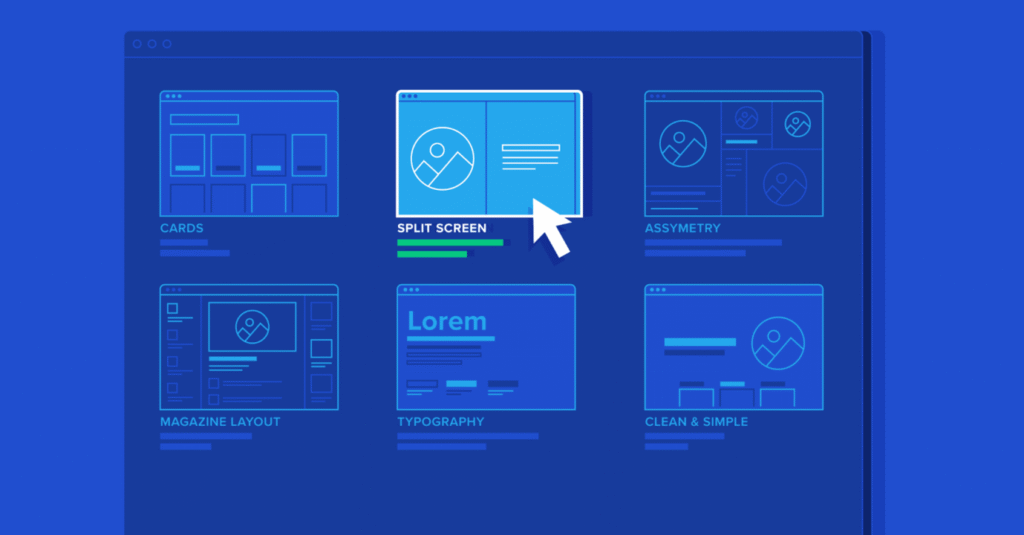

Introduction: Why Great Design Shapes First Impressions
In today’s digital world, a brand’s website is often its first handshake with potential customers. Within seconds, visitors decide whether to stay or click away, and this decision largely depends on design.
Web designing isn’t just about aesthetics. It’s about how easily users can find information, interact with your content, and trust your business online. A thoughtfully designed site can transform browsing into a meaningful experience, directly influencing leads and sales.
Why User Experience Is the Heart of Effective Web Design?
User experience (UX) is how a visitor feels about a website while using it. A more seamless and intuitive user path means a better chance for conversion to customers. Elements like poor navigation, cluttered layouts, and slow-loading pages frustrate users, while clean design, fast loading, and logical structure tend to engage.
When businesses go ahead to invest in UX-driven web designing, it goes beyond feel toward functionality. The purpose is to create a digital space that feels effortless-a place where visuals, text, and function work together to guide the user naturally toward action.

Innovative Web Designing Techniques That Transform User Experience
Websites in the contemporary world are transforming with design innovations that synergize technology and creativity. These are some of the futuristic design ideas scripting user experience in the current times:
1. Responsive and mobile-first design
Most users browse on smartphones today, so responsiveness isn’t an option; rather, it’s definitely a necessity. Websites adapt to varying screen sizes without any contrast in their visual harmony. A mobile-first strategy ensures that buttons, fonts, and visuals scale seamlessly across devices, providing a consistent experience.
2. Minimalist Design for Clarity
Less is indeed more. What minimalist design focuses on is simplicity-clean lines, generous white space, and clear typography. It helps users focus on what matters: your content and calls to action. Website minimalist layouts reduce visual noise, which makes everything faster and easier.
3. Interactive Elements and Micro-Animations
From hover effects to scroll-triggered animations, small interactive touches make browsing engaging. Not only do these things add spice to the sites visually, but they also provide feedback, guide attention, and enhance storytelling. When used judiciously, such subtle animation can also convey an air of professionalism and creativity.
4. Personalized Experiences
AI-powered personalization modifies the content and layout of a page according to the user’s typical behavior or the user’s location. Personalization may refer to recommending products similar to what one is about to buy or showing localized content, but such makes them feel like connecting with users.
The Role of Speed, Navigation, and Accessibility in UX
A beautiful design would lose all its appeal on a website if the site is slow or too hard to navigate. Load time of one second added to a page increases bounce rates and decreases its conversion rate.
- Speed Optimization: Compressing images for modern file formats, leveraging caching, can have a major impact on performance.
- Easiest navigation: An orderly menu helps users pass through a site with his or her intuition. Logical hierarchies and descriptive labels prevent confusion.
- Embedded Accessibility: Ensure inclusiveness where everyone-including persons with disabilities access your site. Some measures to ensure this include adding alt text to images, upholding color contrast, and making controls keyboard-friendly to make your site inclusive to all.
Fast, accessible, and easy to navigate, but also good for UX, only to boost SEO ranking, because Google algorithms do prioritize usability.
How Design Impacts Brand Trust and Conversion Rates?
Web design is a direct channel to perceiving the credibility of your brand.
Professionalism is communicated by a clean, contemporary design that can instantly strip a disintegrated design of its trust.
This is how superior design crafts conversions:
- Consistency in Visual Identity: Ensuring that the colors, fonts, and tone of your brand align on your website will guarantee recognition and reliability.
- Clear CTAs and Clear Call-to-Actions: Although CTAs such as “Get Started” or “Contact Us” may not be perceived as a hard sell process, they provide direction to users for conversion.
- Kits: Testimonial, certification, or client logo inclusion for enhancement of trust encourages taking a further step.
When beauty suits purpose, design turns into a subtle salesman for drumming up business from inquisitive curiosity to zealous commitment.
Building for the Future: Trends Shaping Modern Web Designing
Web design trends shift rapidly owing to technological advances and changing user behavior. Therefore, staying ahead requires timely adaptation to innovations that add value to aesthetics and functionality.
- AI and machine learning: Intelligent design tools now predict user preferences, automatically optimizing layouts and personalizing experiences for them.
- Voice search optimization: Aims to revamp websites into conversational and voice-friendly structures to enable improved accessibility since smart speakers have made their presence felt.
- Dark mode and adaptive design: Theme selectability adds to the user’s comfort and optimality of the device.
- Micro-interactions and storytelling: The little animations and scroll-based transitions make browsing feel immersive, and not mechanical.
By adopting these trends early, businesses position themselves as innovative and serious about the satisfaction of their users, two great values to the customers.
Conclusion: Innovative Design Equals Better Engagement
Your website is not just a digital brochure but the core of your brand online. A properly planned user-friendly web design can transform the whole platform for customers to engage, trust, and buy.
Clean and fast-performing layouts with interactive flow not only look good but also build credibility and bring measurable growth. If you are ready to take your digital experience to the next level, partner with First97Days organization that combines creative designs with strategic thinking to create websites that users will remember.

